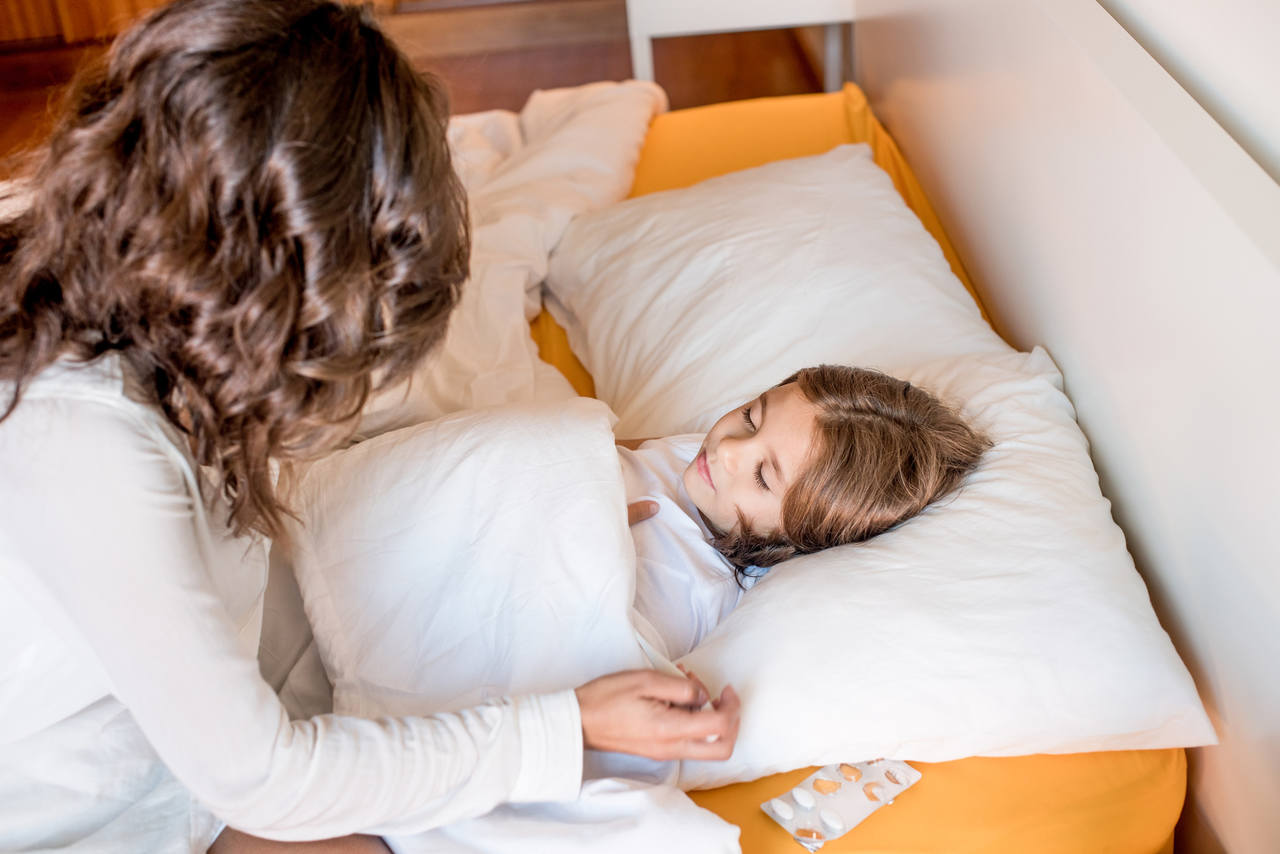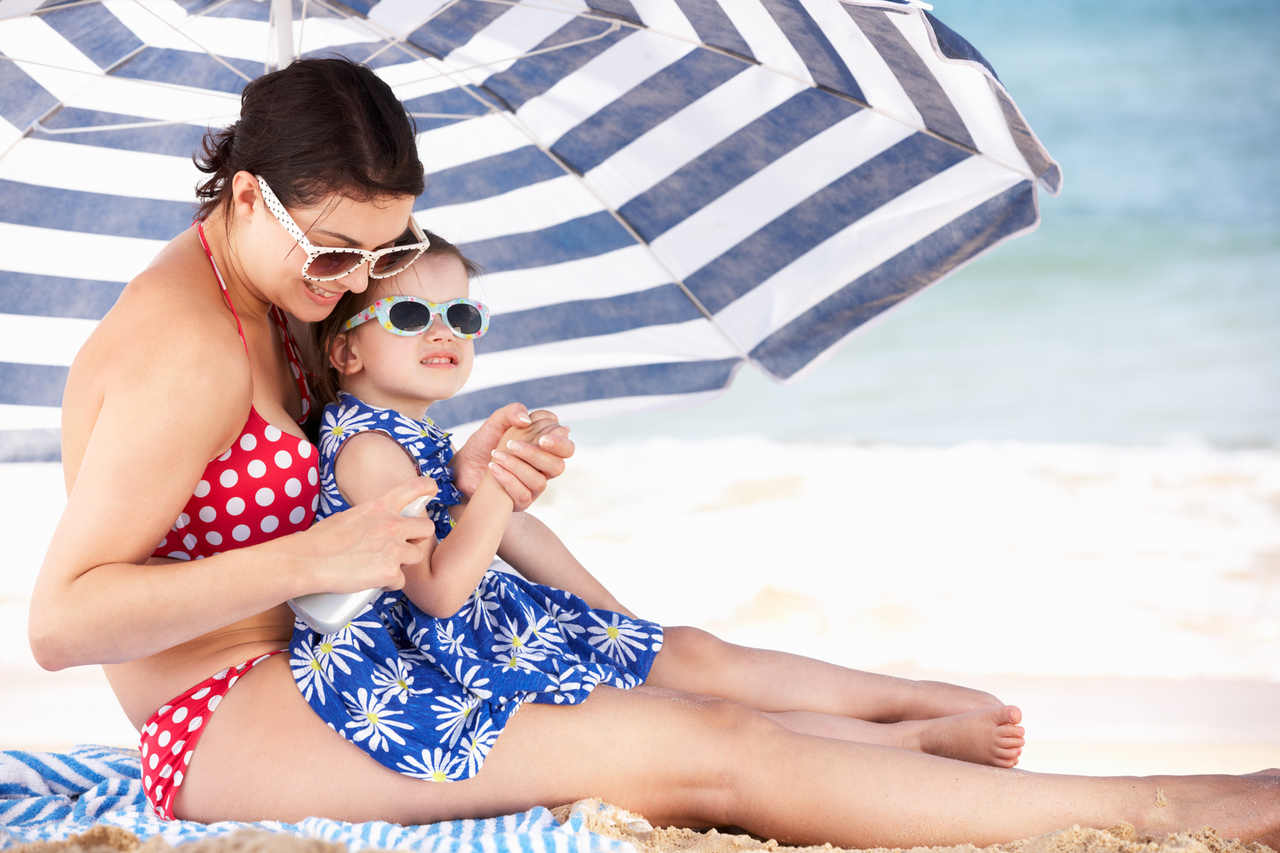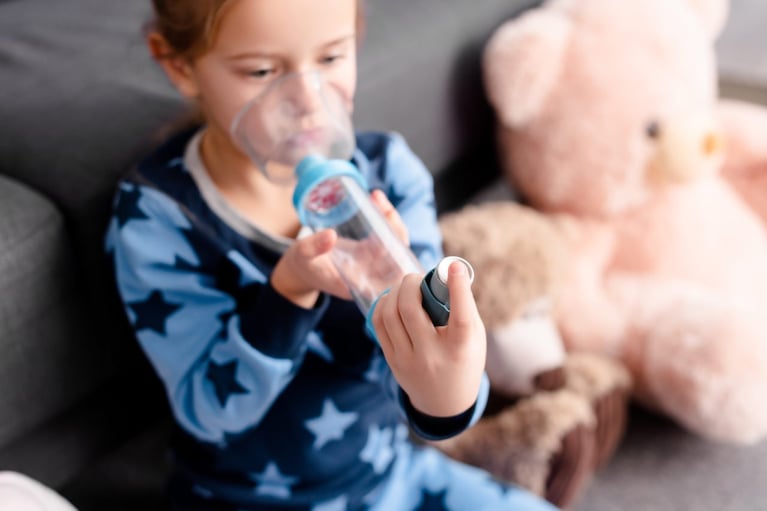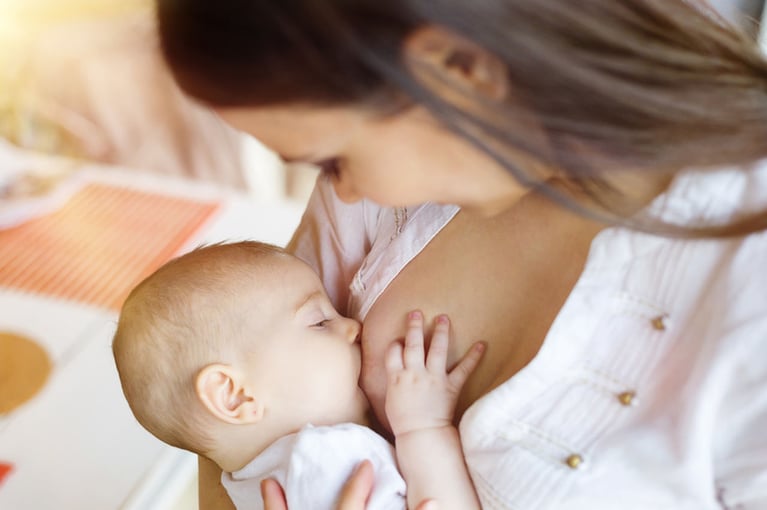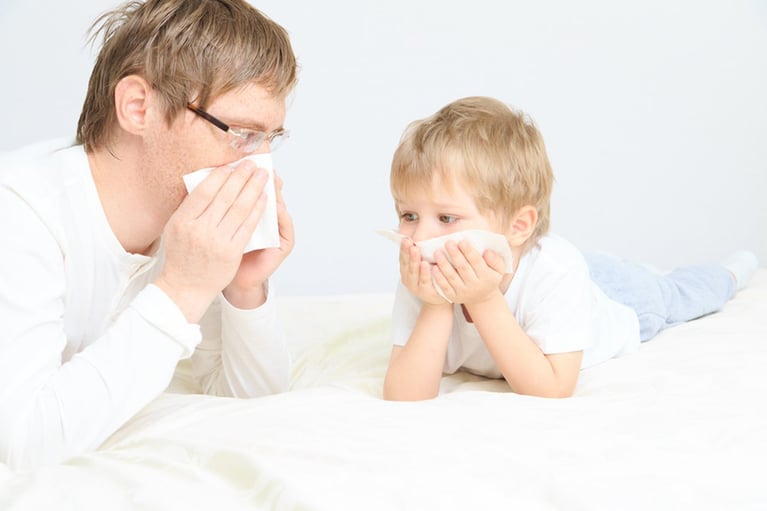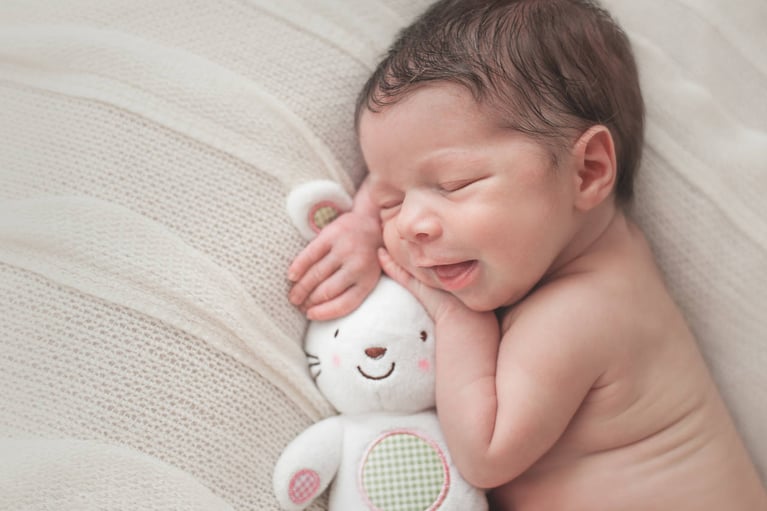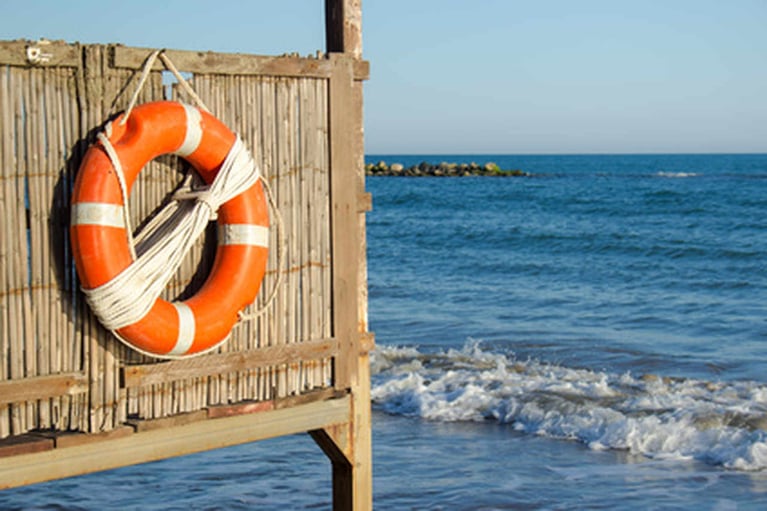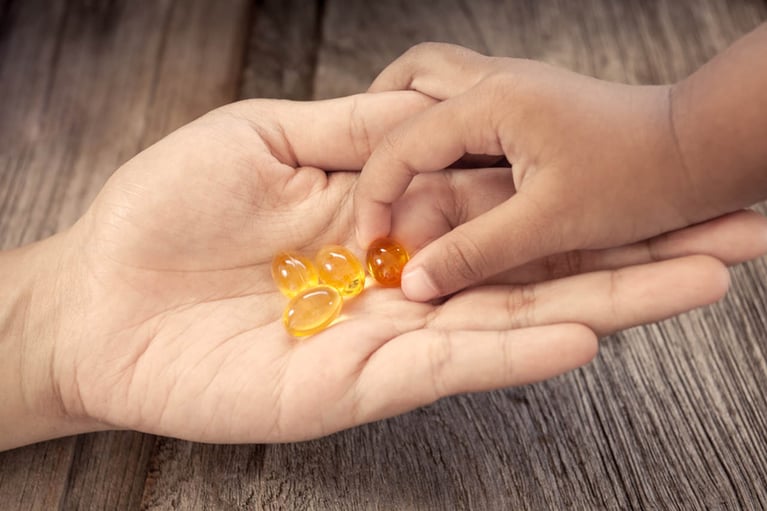The summer holidays are knocking at the door and soon we, the parents, will have to deal with the troublesome issue of what to take on a trip with children. Perhaps it will be only a short trip to the lake with our toddler, but it might also be a longer one with a preschooler. Irrespective of where we’re going, we should arm ourselves with several things that will make it easier for us to survive in the beautiful nature.
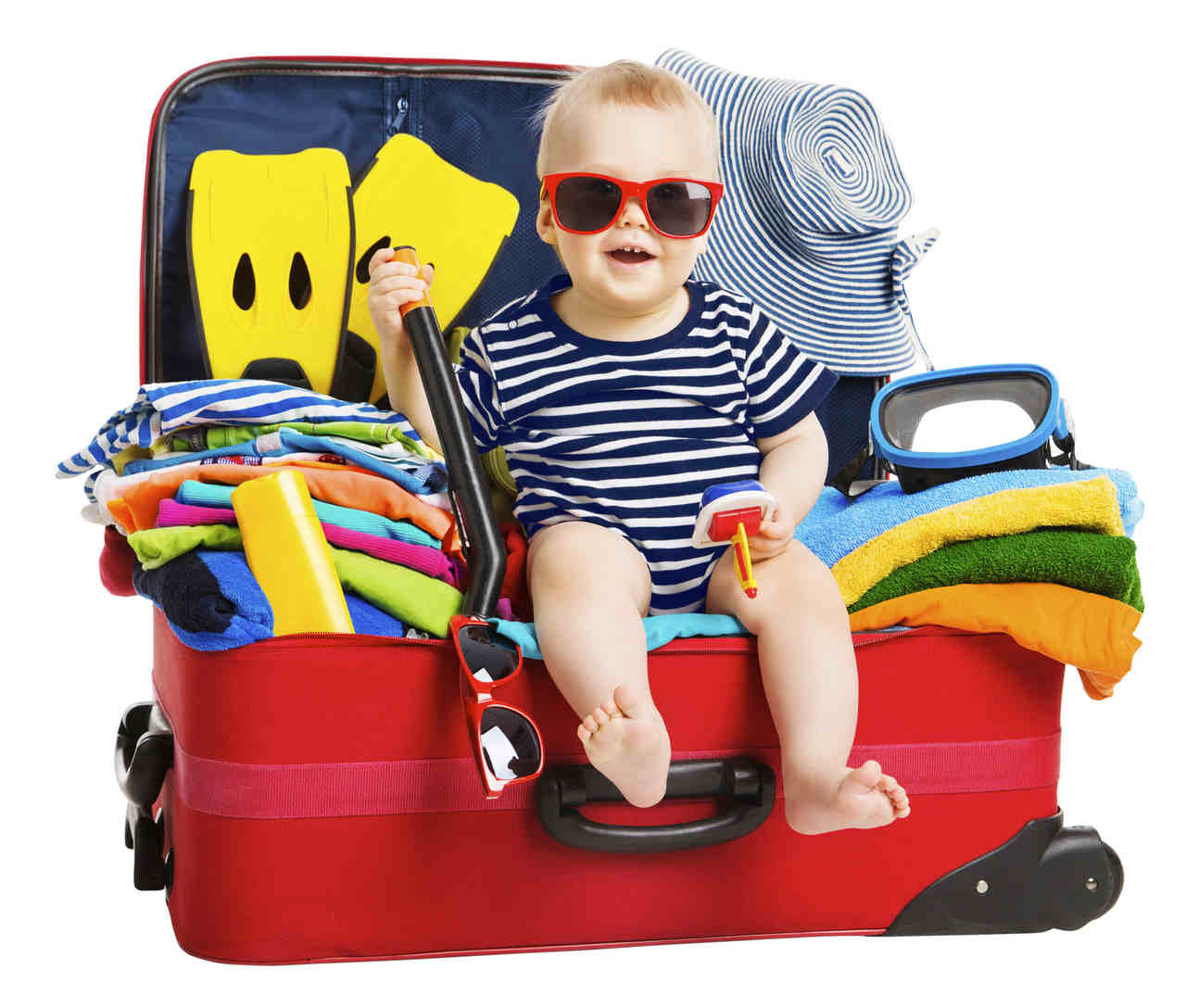
Here’s a travelling kit fit for true travellers and explorers!
A like ALERT and first AID kit, obviously properly and comprehensively equipped. Next to the basics such as bandaids, woven bandages, elastic bandages, scissors, gloves and thermal insulating blanket here are some other things worth taking:
- gel compresses for application of cold or hot compresses,
- paracetamol or ibuprofen for children,
- small ampules with saline solution
- nasal aspirator (particularly useful in case of allergic little children),
- thermometer and:
StethoMe® – a device that is going to appear on the market soon and will make our lives a lot easier, particularly when we’re in some resort located far away from a medical facility! In case when any of our children suffer from a cough or runny nose, we won’t have to hastily search for a doctor right away, because we will be able to check if there are any changes on auscultation in the child’s respiratory tract.
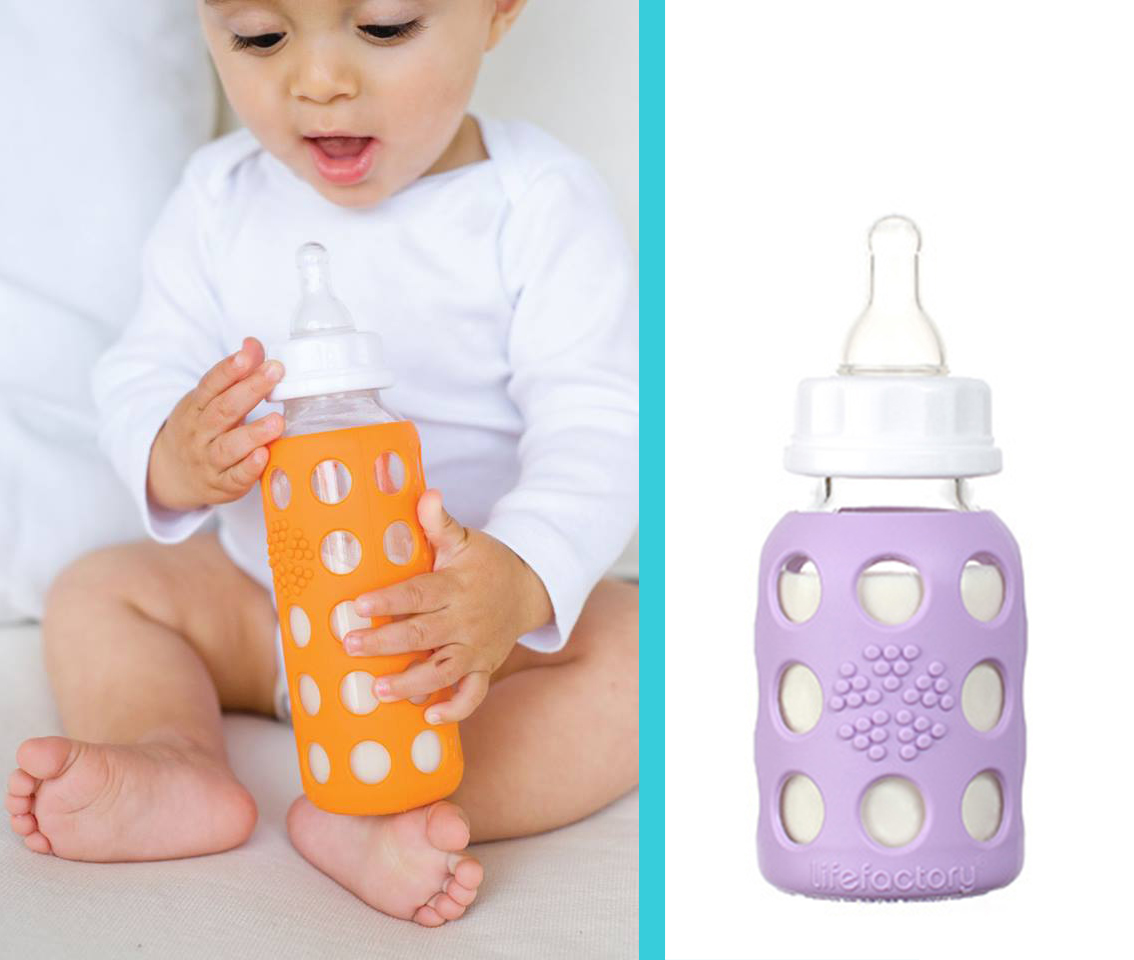
B like BOTTLE, which has to be made of glass in order to minimize the amount of BPAs to which our children are exposed. And if it’s made of glass, it needs to have a special silicone cover. There are available glass bottles for infants and bottles with a straw or mouthpiece for pre-school children and parents. The securing sleeve is made of medical-grade silicone and doesn’t contain substances such as bisphenol A, bisphenol S or phthalates. It gives the bottle an interesting and stylish look. Additionally, the bottle for an infant can be easily transformed into a bottle for a preschooler (by swapping the dummy for a mouthpiece) or into a snack jar or container for our child’s treasures.
Let’s remember that during heat waves infants and little children are particularly exposed to dehydration and that’s why it is so important to replenish the liquids lost by the body. And the water is the best drink for our children. Still unflavoured water is perfect for summer!
C like CARRY For those less skilful and those who carry their children only from time to time, I recommend for all kinds of trips (particularly those to the mountains and to the seaside) the baby carrier. And here I have to mention two very important things! Or even three! First of all, in a baby carrier you can transport only the children that are able to sit on their own. Newborns and infants up to the 6th month of age should be carried only in wraps. Secondly, you absolutely mustn’t carry your child facing the world! This way of carrying results in the child being in incorrect position that encumbers their spine and hip joints. Thirdly, what ensures correct carrying is the ergonomic carriers that are fitted with a wide panel on which the child sits in such a way that their bottom, hip joints and thighs are supported. It’s unacceptable to carry the child with only their bottom supported and their legs dangling on the sides! Unfortunately, there are baby carries available on the market that should rather be called “danglers”, because a baby sitting in them has their legs dangling without support which may result in problems with their spine and hip joints.
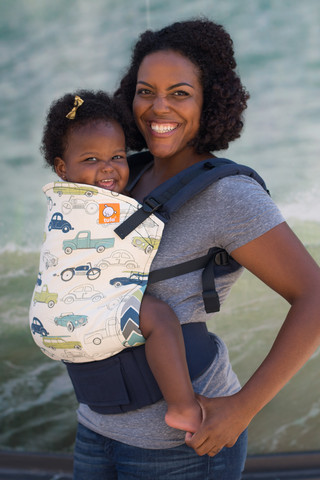
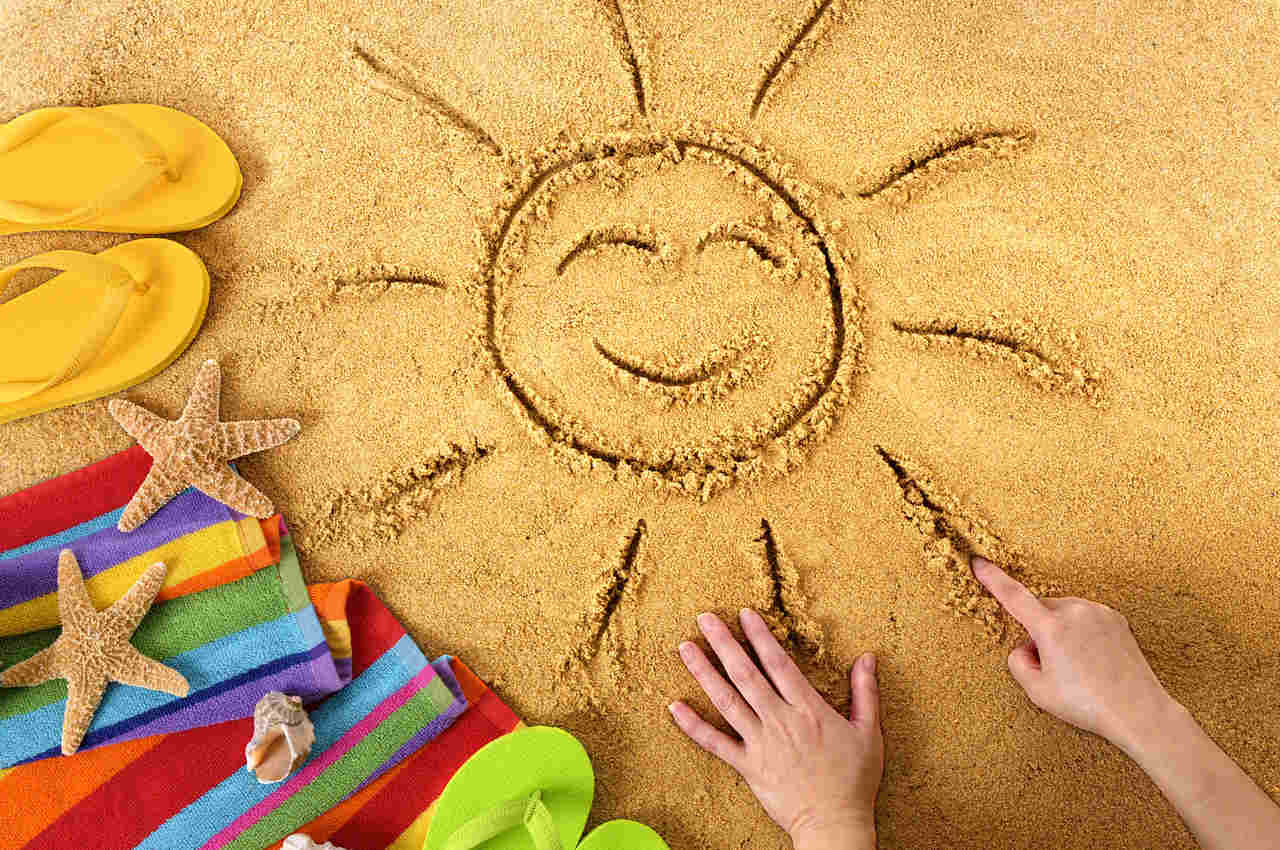
Let’s skip to S now, because there’s little sense in wasting time for the whole alphabet. After all, it’s time to pack our bags and travel far away! S is for SUNSCREEN, which is an absolutely indispensable product for our children irrespective of their age! For children there are recommended sunscreens with a strong filter, that is, SPF 50+. Those available in pharmacies are the most recommended, since most of them do not contain artificial additives such as dyes, fragrances, parabens, etc. For eco-parents I recommend raspberry seed oil which is an equivalent of a SPF 30+ filter. It is obviously best to have the child stay in shadow or to get an umbrella that we will be able to place steadily on a beach, for example, or to get one that can be attached to a stroller.
To conclude, I would like to share a short reminder about a very important thing, that is, protection against mosquitoes, ticks and black flies. The preparations for repelling mosquitoes, black flies and ticks that are available on the market contain various percentages of DEET, that is, N,N-diethyl-m-toluamide, from 10% to as much as 50%. The preparations used in children may not have more than 10% of DEET. It is recommended not to use them on skin of infants. The simplest method of protecting children in such case is to use a mosquito net protecting the stroller or the bed. There are also available natural oils that repel mosquitoes – eucalyptus oil or lemon oil. Additionally, when we’re, for example, in a forest, the child should wear appropriate clothes, that is, a long-sleeved shirt, long pants and an obligatory cap.
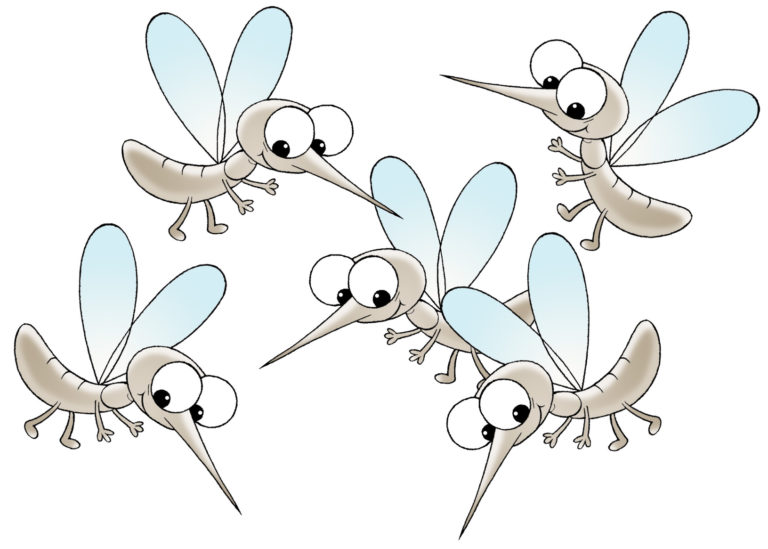
With all of this checked, we only need to pack everything into a travelling bag and struggle a bit with closing it and then off we go!


